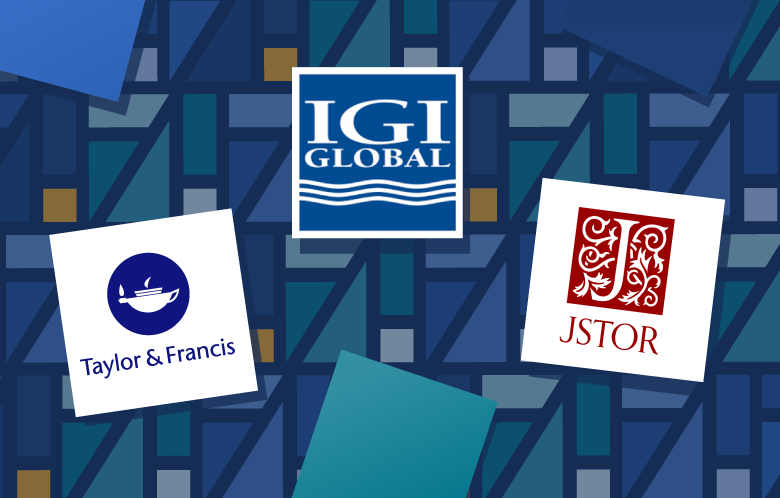The Charleston Library Conference this year featured an exciting session focused on Mosaic by GOBI Library Solutions, a new ordering platform designed to streamline library workflows. The session featured librarians who shared their insights and experiences as members of the Mosaic Innovation Partner Program. Here are the three key takeaways from two of the speakers:
Dean Bergstrom from Yale University
Dean Bergstrom, Manager of Monographic Ordering & Copy Cataloging at Yale University, offered a GOBI user's perspective on Mosaic. He highlighted the following key takeaways:
1. Praise for Innovation in Action: Bergstrom highlighted his excitement in being part of the innovation partner group and noted the immediate responsiveness to requests. He valued seeing his suggestions from one meeting actively in development by the next.
2. Intuitive Interface: Bergstrom complimented Mosaic's user-friendly interface, which significantly reduces the learning curve for new users and allows librarians to quickly and efficiently find the resources they need.
3. Time-Saving Search Capabilities: Yale finds GOBI to be a robust system with versatile workflows including a reliable ISBN search functionality, and was pleased to have this time-saving capability present in Mosaic.
Morag Stewart from The University of Washington
Morag Stewart, Acquisitions Librarian at the University of Washington shared her perspective on how Mosaic is shaping the future of library acquisitions and collection management and the collaborative efforts driving its success. Her key takeaways are:
1. A Vision for the Future, Built on Daily Use: Mosaic represents a long-term investment in tools that streamline everyday library operations. According to Stewart, participating in its development has not only been a valuable experience but also a strategic step toward ensuring staff have resources they’ll rely on daily. The payoff is already becoming clear, setting a foundation for future-focused acquisitions and collection management.
2. From Wishful Thinking to Reality: Stewart highlighted the journey of Mosaic's development, from initial ideas and stated needs to tangible features implemented today. For Stewart, being part of the process through focus groups and discussions has been both gratifying and exciting. Seeing these early aspirations take shape has underscored the importance of collaborative innovation in building practical, user-driven solutions.
3. A Community-Driven Approach to Innovation: The Innovation Partner Program was vital for Stewart and her institution, offering the opportunity to contribute to Mosaic’s growth alongside a team of engaged, enthusiastic professionals. Looking ahead, she’s particularly excited about enhancements like search filters, folders for saved results, collection analysis reports, and even tools for collaborative collecting—features that promise to elevate the role of Mosaic in shaping the future of acquisitions and collection development.
In conclusion, the Mosaic session at the Charleston Library Conference provided valuable insights into the potential of this innovative platform. By streamlining workflows, improving data-driven decision making, and enhancing collaboration, Mosaic has the potential to revolutionize library acquisitions.



